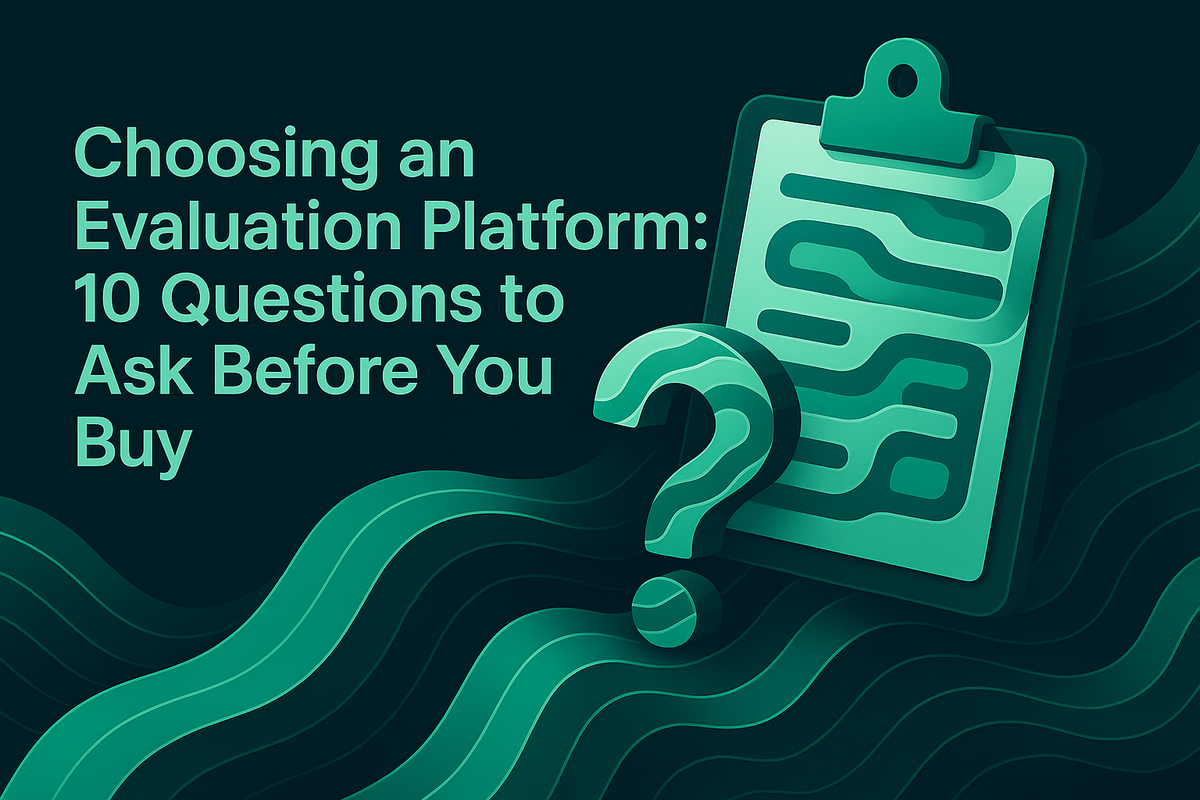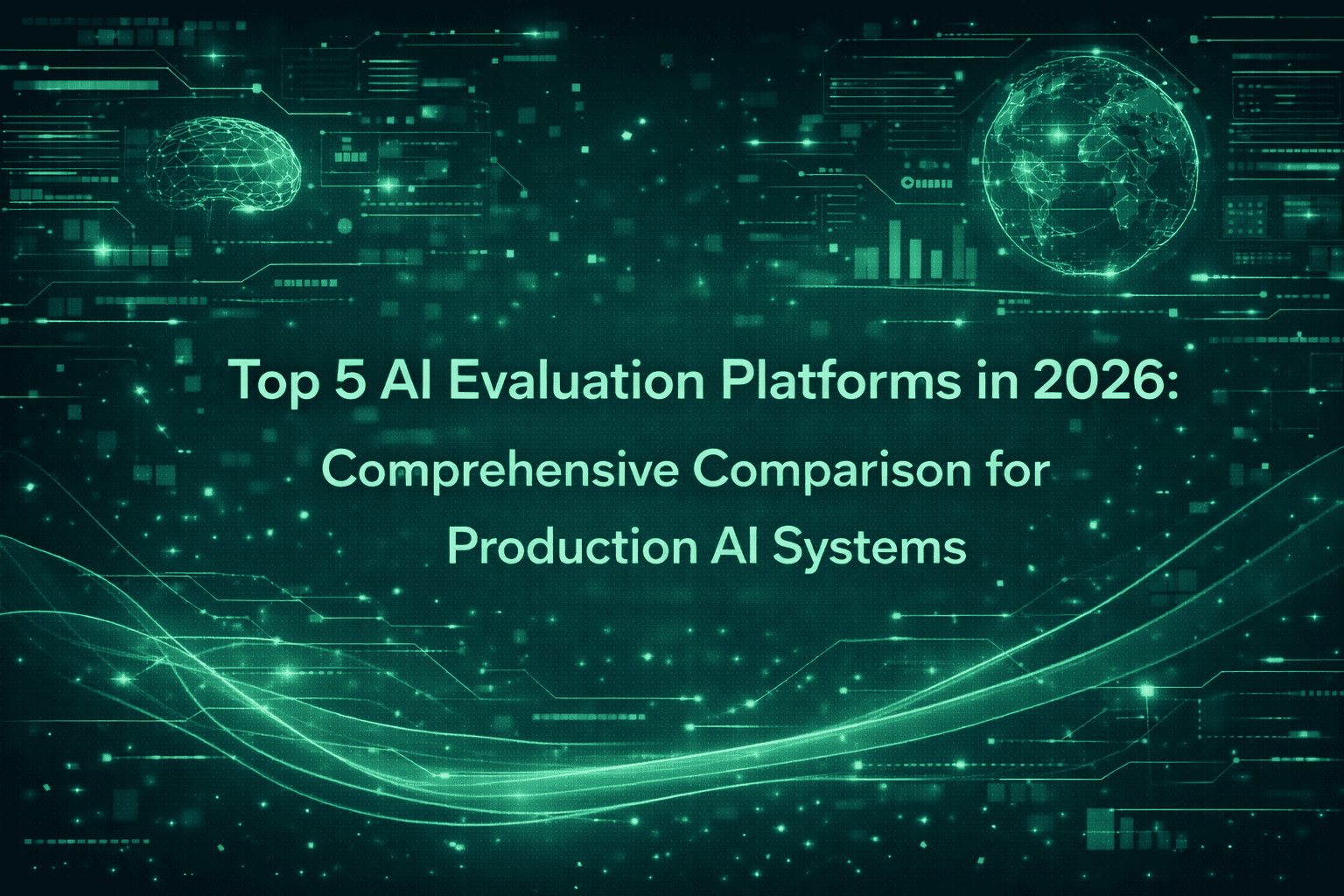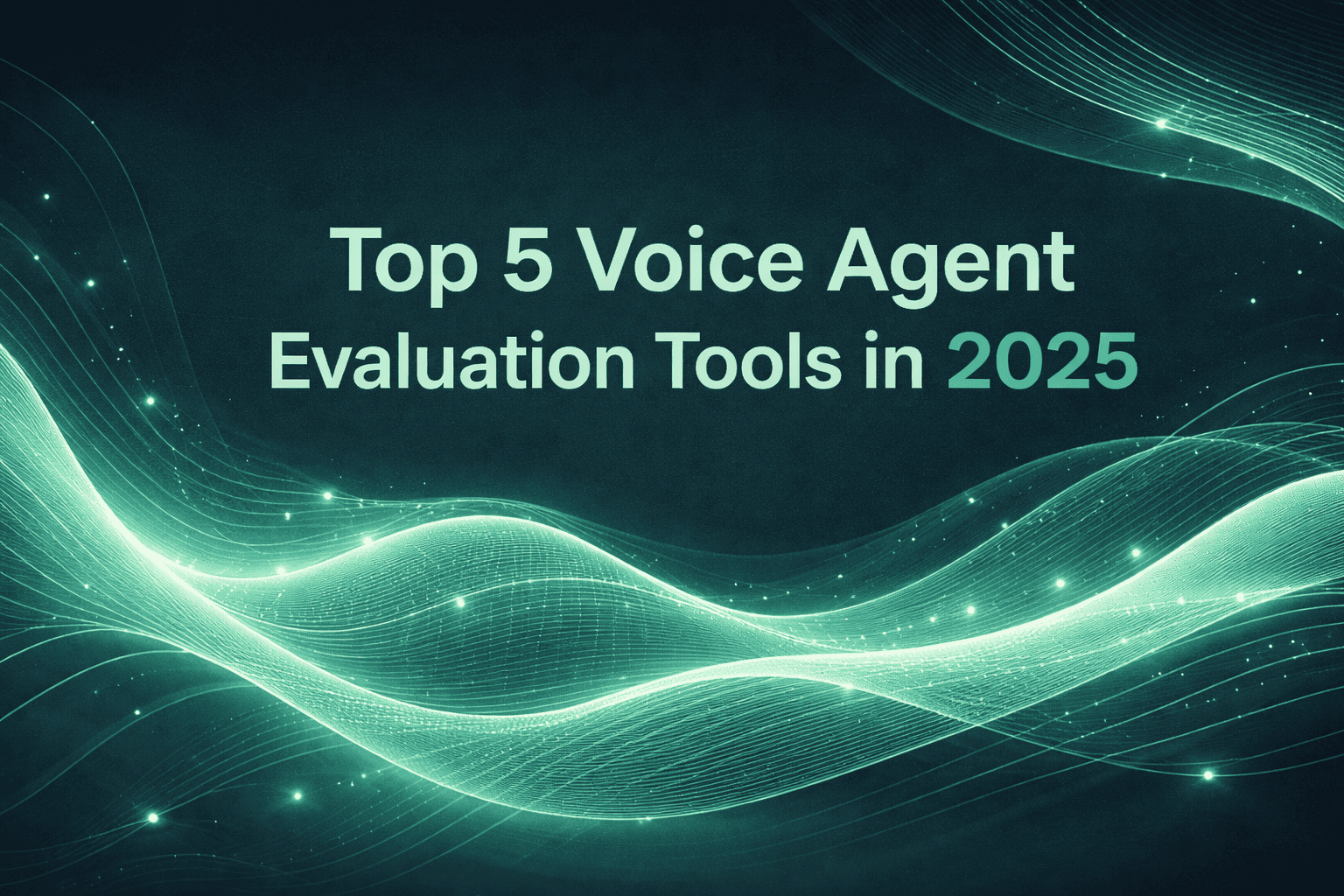Choosing an Evaluation Platform: 10 Questions to Ask Before You Buy

Introduction: Why Choosing the Right Evaluation Platform Matters
An evaluation platform helps measure, test, and monitor AI workflows across different stages; experimentation, pre-release testing, and production; depending on what the platform actually supports. For teams building AI agents, chatbots, or RAG pipelines, the right platform enables faster iteration, early quality detection, and confident deployment. Poor selection leads to hidden costs, integration failures, and functionality gaps.
This guide covers 10 critical questions to answer before choosing an evaluation platform, helping you avoid costly mistakes in platform selection.
What Is an Evaluation Platform?
An evaluation platform provides tools to measure, test, and monitor AI application quality. These platforms support the entire AI development lifecycle, from experimentation and testing to production monitoring and debugging.
Evaluation platforms offer capabilities for running automated evaluations, collecting human feedback, tracking performance metrics, and analyzing failure modes. Common use cases include evaluating conversational agents, checking RAG quality, analyzing model outputs like code or summaries, and monitoring production traffic when the platform offers observability.
Modern platforms integrate with AI workflows, providing prompt management, dataset curation, simulation, and observability capabilities. They help teams measure improvements, catch regressions early, and keep quality steady as applications evolve; especially when platforms include online evaluation and alerting.
Step One: Identify Your Business Problems and Goals
Understanding your business needs is crucial and should involve critical decision-makers. Define specific problems before evaluating platforms. Are you dealing with issues like inconsistent responses, hallucinations, or unstable retrieval behavior in production? Need to reduce manual testing time? Facing regulatory compliance requirements?
Document goals with measurable outcomes. Instead of vague goals like ‘improve AI quality,’ use something measurable like ‘reduce known error types’ or ‘cut wrong answers on our evaluation set.’ Avoid fixed percentages unless you have a baseline. Quantifiable goals enable objective platform assessment.
Consider whether you need pre-release testing, production monitoring, or both. Teams building customer-facing agents often need comprehensive agent simulation capabilities. Teams with mature products may prioritize real-time observability and quality monitoring.
Step Two: Determine Essential Features and Must-Haves
Create a comprehensive feature checklist separating must-haves from nice-to-haves. Useful evaluation features include
- Deterministic checks, statistical scoring, and LLM-as-a-judge style evaluators ; ideally with support for custom evaluators.
- Custom evaluator creation capabilities
- Dataset management and curation
- Comprehensive observability features
For agentic systems, things like multi-turn evaluation, trace inspection, and simulation replay help understand where the agent went off-track. Prompt engineering teams need robust versioning, deployment controls, and output comparison features.
Evaluation flexibility matters. Platforms should support evaluations at different granularities—from individual LLM calls to full conversational sessions. Look for both offline evaluation during development and online evaluation in production.
Step Three: Assess Integration and Compatibility
Integration issues are a common complaint teams mention anecdotally, especially when platforms don’t support their preferred SDKs or providers. Evaluate how platforms connect with existing infrastructure. Does it support your LLM providers? Check whether the platform can ingest traces or logs directly. Some platforms support OpenTelemetry-style instrumentation, while others expose their own SDKs.
API capabilities determine integration flexibility. Review documentation to understand supported operations and how to integrate evaluation into CI/CD pipelines. Check for workflow tool integrations like Slack alerts or PagerDuty incident management.
Data portability should be non-negotiable. Ensure you can export evaluation data, test results, and datasets in standard formats to avoid vendor lock-in.
Step Four: Evaluate Scalability and Flexibility
Ensure the platform is future-ready by considering scalability, update frequency, and growth capacity. Assessment questions include whether the platform can handle 10x your current evaluation volume and if performance degrades at scale.
Cloud-based platforms typically offer better scalability, but verify specifics. Ask about any limits on traces, evaluation runs, or retention, since different vendors handle storage and retention policies differently.
Flexibility in evaluation approaches matters as AI systems become sophisticated. Platforms should support evolution from simple accuracy checks to complex multi-step agent evaluations. Pricing models vary a lot; some usage-based, some seat-based, so clarity matters more than the specific model.
Step Five: Security, Compliance, and Data Privacy
For regulated teams, check for things like GDPR posture, SOC2 reports, or relevant certifications depending on your domain.. Start with fundamental security questions: How does the platform handle your data? Is data encrypted in transit and at rest? Can you control data residency?
Verify that platforms hold relevant certifications with documentation. Understand data collection practices, retention policies, and whether data is used beyond service provision.
Access controls are essential. Platforms should support role-based access control, identity provider integration, and audit logging. For strict isolation requirements, evaluate private deployment options.
Step Six: Usability, Training, and Support
User experience directly impacts adoption and time-to-value. Evaluate whether the interface is intuitive for your team's skill levels and supports both technical and non-technical users.
Test usability during trials with actual users: AI engineers, product managers, and stakeholders. Collect feedback on whether the interface accelerates workflows or introduces friction.
Assess training programs, documentation quality, and ongoing support. Response times, available channels, and dedicated success management vary significantly between vendors. Review platform documentation during evaluation to assess quality.
Step Seven: Pricing, ROI, and Total Cost of Ownership
Unexpected costs are a common source of buyer frustration, especially when usage or overage fees aren’t transparent. Understanding true costs requires looking beyond sticker prices. Pricing models vary seat-based, usage-based, or hybrid approaches.
Hidden costs include implementation fees, data ingestion charges, overage costs, and premium features. Request detailed pricing covering all potential costs, not just base subscriptions.
Calculate total cost of ownership over multiple years, including implementation, training, internal resources, and ongoing fees. ROI should factor in reduced manual testing time, accelerated development cycles, prevented production incidents, and improved quality.
Step Eight: Vendor Reputation and Reliability
Many buyers rely on customer reviews when evaluating vendors, especially for fast-moving tech products. Research credibility through multiple channels, checking review platforms for feedback on product quality and support.
Case studies from similar organizations reveal whether platforms deliver value for your context. Vendor transparency about product roadmap indicates organizational maturity and helps assess alignment with your needs.
Technical expertise matters for AI evaluation platforms. Evaluate whether vendors demonstrate deep understanding of AI quality challenges and contribute to advancing the field.
Step Nine: Testing and Pilot Programs
Pilot programs are genuinely useful because they let you test the platform against real scenarios.. Structure pilots to test 3-5 critical scenarios representing primary use cases. For AI platforms, test evaluations on existing cases, agent simulations, or production traffic monitoring.
Define success criteria before starting. Consider quantitative measures like execution time and accuracy, plus qualitative factors like user satisfaction. Involve cross-functional stakeholders for diverse perspectives.
Document findings systematically using scoring rubrics weighted by importance. Test edge cases and failure scenarios to reveal platform robustness.
Step Ten: Making the Final Decision
Synthesize findings to make an informed decision. Review pilot scores, team feedback, pricing analysis, and vendor assessments. The optimal platform should align clearly with business needs, budget, and technical requirements.
Document your decision-making process comprehensively. Create a business case articulating why the selected platform is optimal, how it addresses needs, and expected ROI. Plan implementation with clear timelines, resources, and success metrics.
If you’re evaluating platforms like Maxim AI, a demo helps you see how simulations, evaluations, and observability fit your workflow.
Conclusion: Building Confidence in Your Evaluation Platform Decision
Selecting an evaluation platform is critical for AI teams. The right platform accelerates development, improves quality, and enables confident deployment. Following this framework; from identifying problems to running pilots—helps avoid common pitfalls.
Key takeaways include clearly defining needs, testing integration capabilities, understanding total ownership costs, and involving cross-functional stakeholders. Pilot programs validate that platforms deliver in your specific context.
Maxim AI includes simulations, evaluations, prompt tooling, and observability in one workflow. Their site mentions teams shipping agents >5x faster, but the real impact depends on your setup. With end-to-end support spanning experimentation, simulation, evaluation, and observability, Maxim supports teams throughout the entire AI lifecycle.
If you want to try Maxim, you can sign up or request a demo to see how it fits your use cases.


